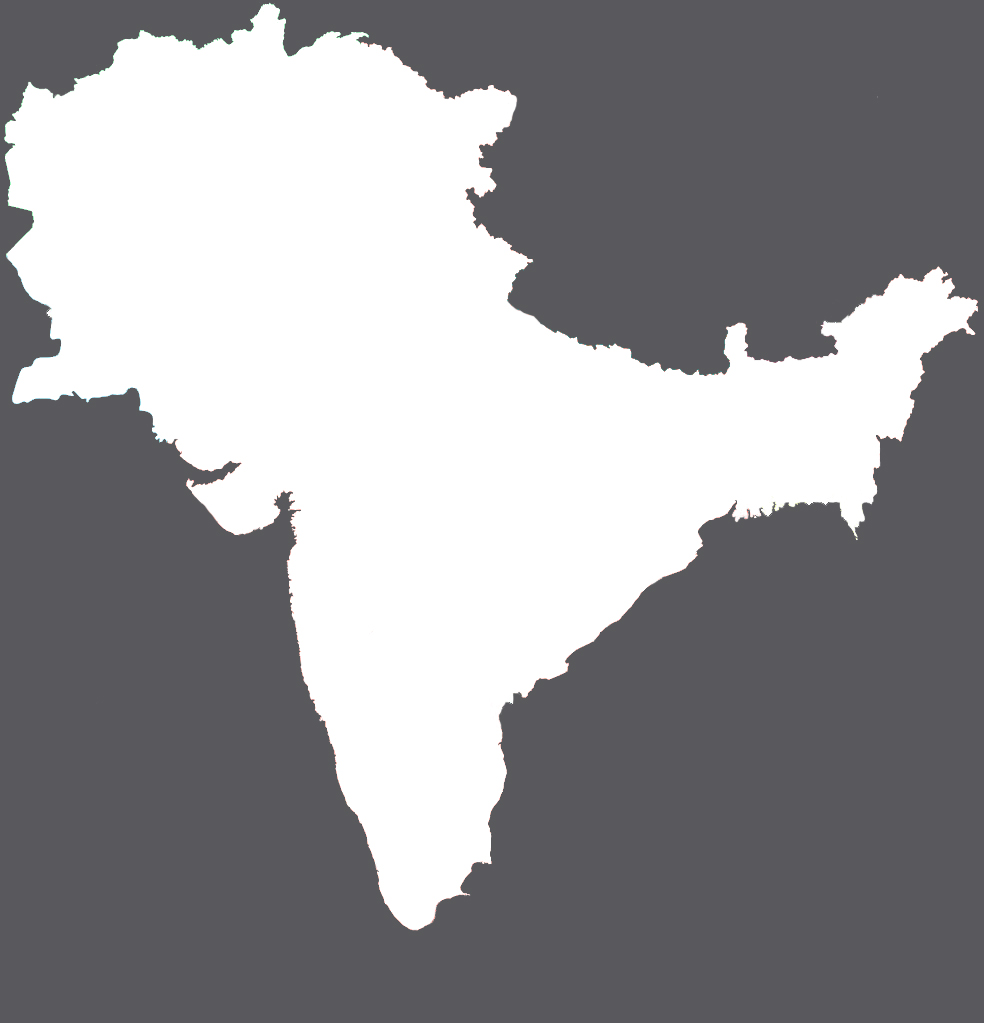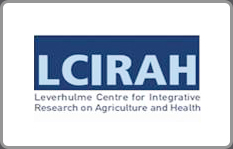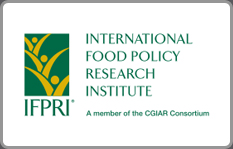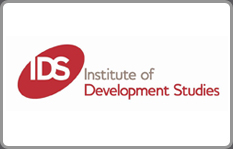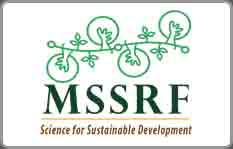High rates of malnutrition in children, adolescents and women are a major concern in Bangladesh. World Food Programme (WFP) and BRAC initiated a school feeding programme in 2012 targeting children from poor households. This case study was conducted in Islampur upazila in Jamalpur district where micronutrient deficiencies are widespread. The objectives of the study were to understand the value chain of the school feeding programme, the role of the different actors, and its potential for impact....
LANSA Working paper
Does crop diversity contribute toward dietary diversity and nutritional status of rural households in Bangladesh? The present study tries to answer this question. It has analysed panel household survey data collected from 500 households by ICRISAT and IRRI (2010/11 to 2014/15) under the Village Dynamics in South Asia (VDSA) project to examine the relationship between crop diversity, dietary diversity and nutritional status. Diversity in crop production has been estimated through the number of...
It is now widely recognised that intake of sufficient dietary energy — the most basic human need for survival — does not ensure adequate intake of protein and micronutrients necessary for leading an active and healthy life. Legumes, animal products, fruits and vegetables are important sources of minerals and micronutrients. Micronutrient deficiency causes impaired cognitive development, compromises immunity and increases vulnerability to infectious diseases and, in severe cases,...
To understand whether spatial and seasonal variations affect maternal and childhood undernutrition in Bangladesh. The study first tests the hypothesis whether agricultural and household incomes are same across different agro-ecological environments. It then carries out an in-depth analysis of the effect of unfavourable ecologies on maternal and child malnutrition.
Bangladesh is primarily an agrarian nation. Most of the people of the country directly or indirectly depend on agriculture. Rural people are more involved in this sector compared to urban people. Agriculture is the single largest producing sector of the economy since it comprises about 18.6 per cent of the country's GDP and employs around 45 per cent of the total labour force (Wikipedia 2015).
International literature accords immense importance to agriculture interventions in order to achieve better health and nutrition. It stresses the importance of women’s engagement, diversified production and consumption, and incorporation of other health and nutrition services into the agriculture extension services. Little is understood how communities perceive these dimensions in building their farming systems for better nutrition, particularly in the context of Bangladesh.

